Buy The Execution of Lady Jane Grey, Paul Delaroche as a reproduction on canvas, ArtFrame, poster and wallpaper, printed on demand in high quality.
About "The Execution of Lady Jane Grey, Paul Delaroche"
About the artwork
The Execution of Lady Jane Grey is an oil painting by Paul Delaroche, completed in 1833. It was enormously popular in the decades after it was painted, but in the 20th century realist historical paintings fell from critical favour and it was kept in storage for many decades, for much of which it was thought lost. Restored and displayed again since 1975, it immediately once again became a highly popular work, especially with younger visitors.
The painting portrays the moments preceding the death of Lady Jane Grey, who on 10 July 1553 was proclaimed Queen of England, only to be deposed nine days later and executed in 1554. Jane is sometimes referred to as the "Nine Days' Queen" due to the brevity of her reign.
Lady Jane Grey was the great-granddaughter of Henry VII of England and first cousin once removed to his grandson, the short-lived Edward VI. After Edward's death she was proclaimed queen, being given precedence over Henry VIII's daughters, Mary Tudor and Elizabeth. Two weeks after the death of her brother, Mary, who had the support of the English people, claimed the throne, which Jane relinquished, having reigned for only nine days. Jane, her husband Lord Guilford Dudley, and her father, were imprisoned in the Tower of London on charges of high treason. Jane's trial was conducted in November, but the death penalty handed to her was temporarily suspended. In February 1554, Jane's father, who had been released, was one of the rebel leaders in Wyatt's rebelli
Old Master collections
Discover more Old Masters in the following collections:
 Netherlands
Netherlands Ordered in April 2021
Ordered in April 2021
 Germany
Germany Ordered in April 2025
Ordered in April 2025
 Germany
Germany Ordered in March 2021
Ordered in March 2021
 Netherlands
Netherlands Ordered in January 2023
Ordered in January 2023
 Germany
Germany Ordered in June 2023
Ordered in June 2023
 Germany
Germany Ordered in October 2019
Ordered in October 2019
 Germany
Germany Ordered in July 2019
Ordered in July 2019
 Netherlands
Netherlands Ordered in March 2019
Ordered in March 2019
 Netherlands
Netherlands Ordered in April 2023
Ordered in April 2023
 Netherlands
Netherlands Ordered in November 2024
Ordered in November 2024
 Germany
Germany Ordered in July 2020
Ordered in July 2020
 Netherlands
Netherlands Ordered in June 2019
Ordered in June 2019
About the material
ArtFrame™
Interchangeable Art Prints
- High-quality print
- Easily interchangeable
- Acoustic function
- Large sizes available
Discover the Old Masters collection
 Sunset on the Seine at Lavacourt, Claude Monet
Sunset on the Seine at Lavacourt, Claude Monet Bouquet of flowers on white background (seen at VT Wonen)
Bouquet of flowers on white background (seen at VT Wonen)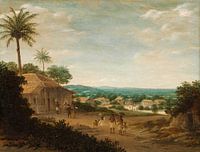 Brazilian Village, Frans Jansz Post
Brazilian Village, Frans Jansz Post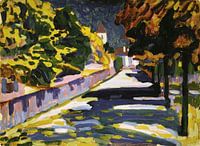 Autumn in Bavaria, Wassily Kandinsky
Autumn in Bavaria, Wassily Kandinsky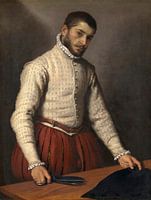 The Tailor, Giovanni Battista Moroni
The Tailor, Giovanni Battista Moroni The Artist's Garden at Giverny, Claude Monet
The Artist's Garden at Giverny, Claude Monet Olive grove with two olive pickers, Vincent van Gogh
Olive grove with two olive pickers, Vincent van Gogh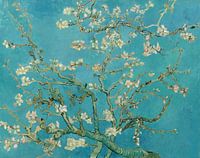 Almond blossom painting by Vincent van Gogh
Almond blossom painting by Vincent van Gogh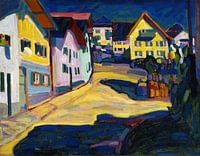 Murnau, Burggrabenstrasse 1, Wassily Kandinsky
Murnau, Burggrabenstrasse 1, Wassily Kandinsky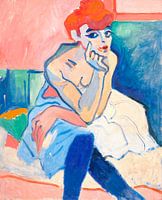 Woman in a Chemise, André Derain
Woman in a Chemise, André Derain Vincent van Gogh, Cornfield with partridge
Vincent van Gogh, Cornfield with partridge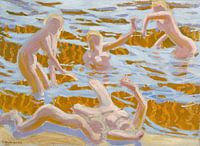 Oceanides, Akseli Gallen-Kallela
Oceanides, Akseli Gallen-Kallela Paulownias and Chrysanthemums, Sakai Hoitsu
Paulownias and Chrysanthemums, Sakai Hoitsu Self-portrait, Adriaen van de Venne
Self-portrait, Adriaen van de Venne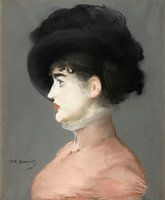 Irma Brunner, Édouard Manet
Irma Brunner, Édouard Manet Vincent van Gogh. Sunflowers
Vincent van Gogh. Sunflowers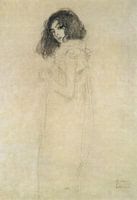 Portrait of a Young Woman, Gustav Klimt
Portrait of a Young Woman, Gustav Klimt Portrait of a man, anonymous - 1633
Portrait of a man, anonymous - 1633 Two little girls carrying a basket - Jozef Israels
Two little girls carrying a basket - Jozef Israels Head of a Skeleton with a Burning Cigarette, Vincent van Gogh
Head of a Skeleton with a Burning Cigarette, Vincent van Gogh
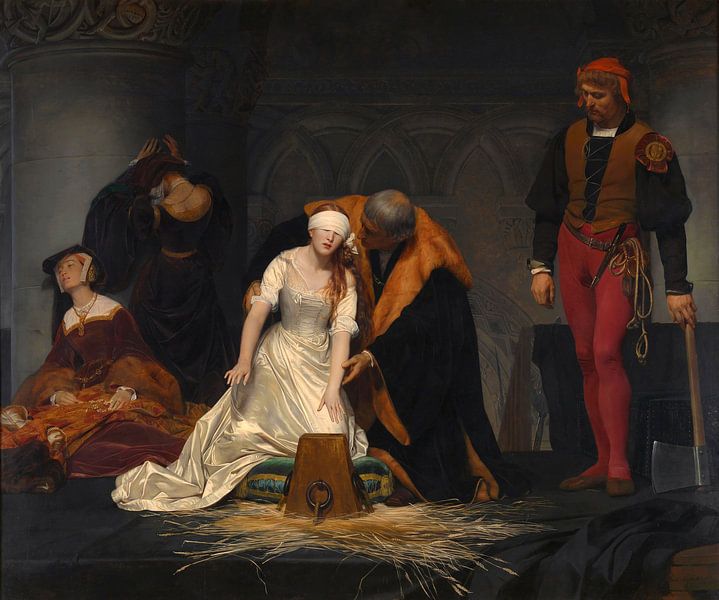
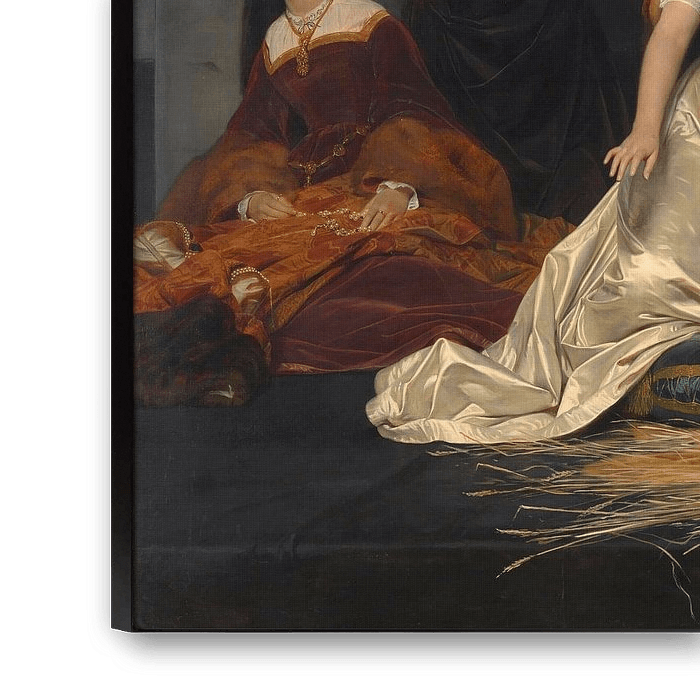
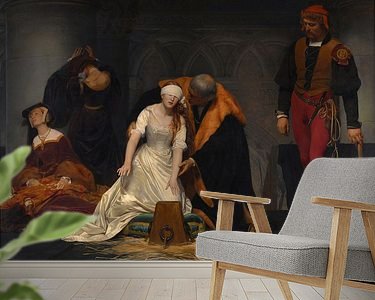


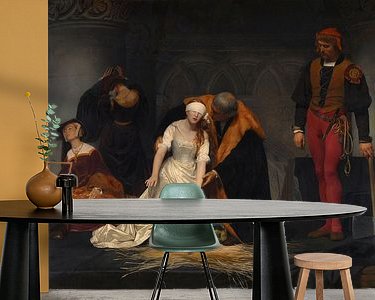
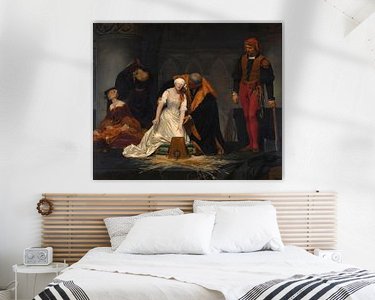
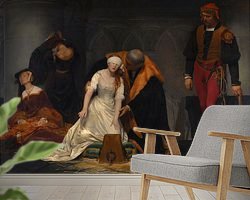

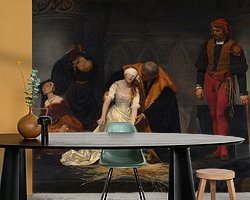



 Mysterious Spheres
Mysterious Spheres Old masters
Old masters Paintings
Paintings









